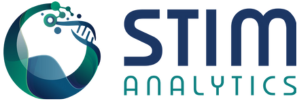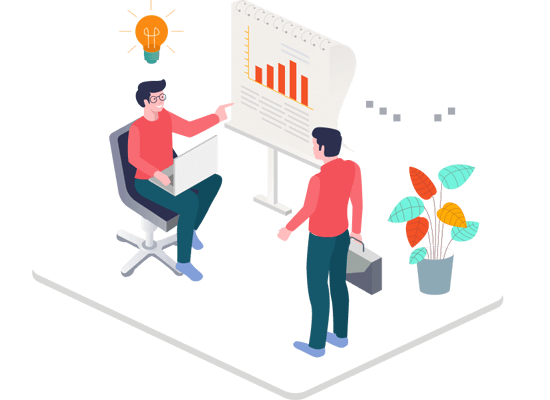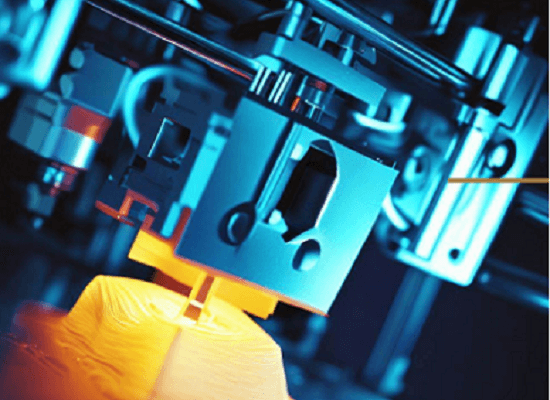Clustering and classification: Main Use-Cases

Text Analytics and the Future of Account Management in BFSI
April 29, 2023
Science over time: Standing on the shoulders networks
May 13, 2023
Clustering and classification are two of the most common techniques for data analysis and machine learning. They both aim to group data points based on some criteria, but they differ in their approaches and applications. In this blog, we will explore the differences between clustering and classification, and how they can be used for various use-cases and advantages.
Clustering vs Classification
Clustering is an unsupervised learning technique that partitions data points into groups (clusters) based on their similarities or distances. Clustering does not require any prior knowledge or labels for the data points, and it can discover hidden patterns or structures in the data. Clustering can be used for exploratory data analysis, dimensionality reduction, anomaly detection, segmentation, recommendation systems, and more.
Classification is a supervised learning technique that assigns labels (classes) to data points based on their features or attributes. Classification requires a training dataset with predefined labels for the data points, and it can learn a function or a model that predicts the labels for new data points. Classification can be used for predictive analytics, pattern recognition, spam filtering, sentiment analysis, face recognition, and more.
Types of Clustering and Classification
There are many types of clustering and classification algorithms, each with its own advantages and disadvantages. Some of the most common types are:
- Hierarchical clustering: This type of clustering builds a hierarchy of clusters based on the distance or similarity between data points. It can be either agglomerative (bottom-up) or divisive (top-down). Hierarchical clustering can produce clusters of different sizes and shapes, and it can also visualize the cluster structure using a dendrogram. However, hierarchical clustering can be computationally expensive and sensitive to outliers.
- K-means clustering: This type of clustering partitions data points into k clusters based on their distance to the cluster centroids (mean vectors). It iteratively assigns data points to the nearest cluster and updates the cluster centroids until convergence. K-means clustering can produce compact and spherical clusters, and it can also scale well to large datasets. However, k-means clustering requires choosing the number of clusters k in advance, and it can be sensitive to initialization and noise.
- DBSCAN clustering: This type of clustering identifies clusters as dense regions in the data space that are separated by low-density regions. It uses two parameters: epsilon (the maximum distance between two data points to be considered as neighbors) and minPts (the minimum number of data points to form a cluster). DBSCAN clustering can handle clusters of arbitrary shapes and sizes, and it can also detect outliers as noise points. However, DBSCAN clustering can be sensitive to parameter selection and varying density levels.
- Naive Bayes classification: This type of classification assumes that the features of each class are independent and follow a specific probability distribution (such as Gaussian, Bernoulli, or Multinomial). It uses Bayes’ theorem to calculate the posterior probability of each class given the features of a data point, and assigns the class with the highest probability. Naive Bayes classification is simple and fast, and it can also handle missing values and categorical features. However, naive Bayes classification can be inaccurate if the independence assumption is violated or if the distribution assumption is incorrect.
- Logistic regression classification: This type of classification models the probability of each class as a logistic function of a linear combination of the features. It uses a loss function (such as cross-entropy) and an optimization algorithm (such as gradient descent) to estimate the coefficients of the linear function. Logistic regression classification can produce interpretable results and handle binary or multi-class problems. However, logistic regression classification can be affected by multicollinearity, overfitting, or non-linearity.
- Decision tree classification: This type of classification constructs a tree-like structure that splits the data points based on their features. Each node in the tree represents a feature test, and each branch represents an outcome of the test. Each leaf node represents a class label or a probability distribution over classes. Decision tree classification can handle non-linear relationships and mixed types of features. However, decision tree classification can be prone to overfitting or underfitting and sensitive to noise or missing values.
Use-Cases and Advantages
Clustering and classification have many use-cases and advantages in various domains and applications. Some examples are:
- Customer segmentation: Clustering can help businesses understand their customers better by grouping them based on their demographics, behaviors, preferences, or feedback. This can help businesses tailor their products, services, or marketing strategies to different customer segments and increase their satisfaction and loyalty.
- Image recognition: Classification can help computers recognize objects, faces, or scenes in images by assigning them labels based on their features. This can help computers perform tasks such as face detection, face recognition, face verification, or face tagging in social media, security, or entertainment applications.
- Anomaly detection: Clustering can help detect abnormal or unusual data points that deviate from the normal or expected behavior of the data. This can help identify frauds, intrusions, faults, or errors in domains such as finance, cybersecurity, manufacturing, or healthcare.
- Sentiment analysis: Classification can help analyze the sentiment, emotion, opinion, or attitude of people from their text data, such as reviews, comments, surveys, or tweets. This can help businesses understand their customers’ feedback and improve their products or services.
- Recommendation systems: Clustering can help recommend items or content to users based on their similarities or preferences. This can help increase user engagement and satisfaction in domains such as e-commerce, entertainment, or education.
Conclusion
Clustering and classification are powerful techniques for data analysis and machine learning. They can help group data points based on different criteria and assign labels to them based on different features. They have many types, use-cases, and advantages in various domains and applications. By understanding the differences and similarities between clustering and classification, we can choose the best technique for our problem and achieve better results.




